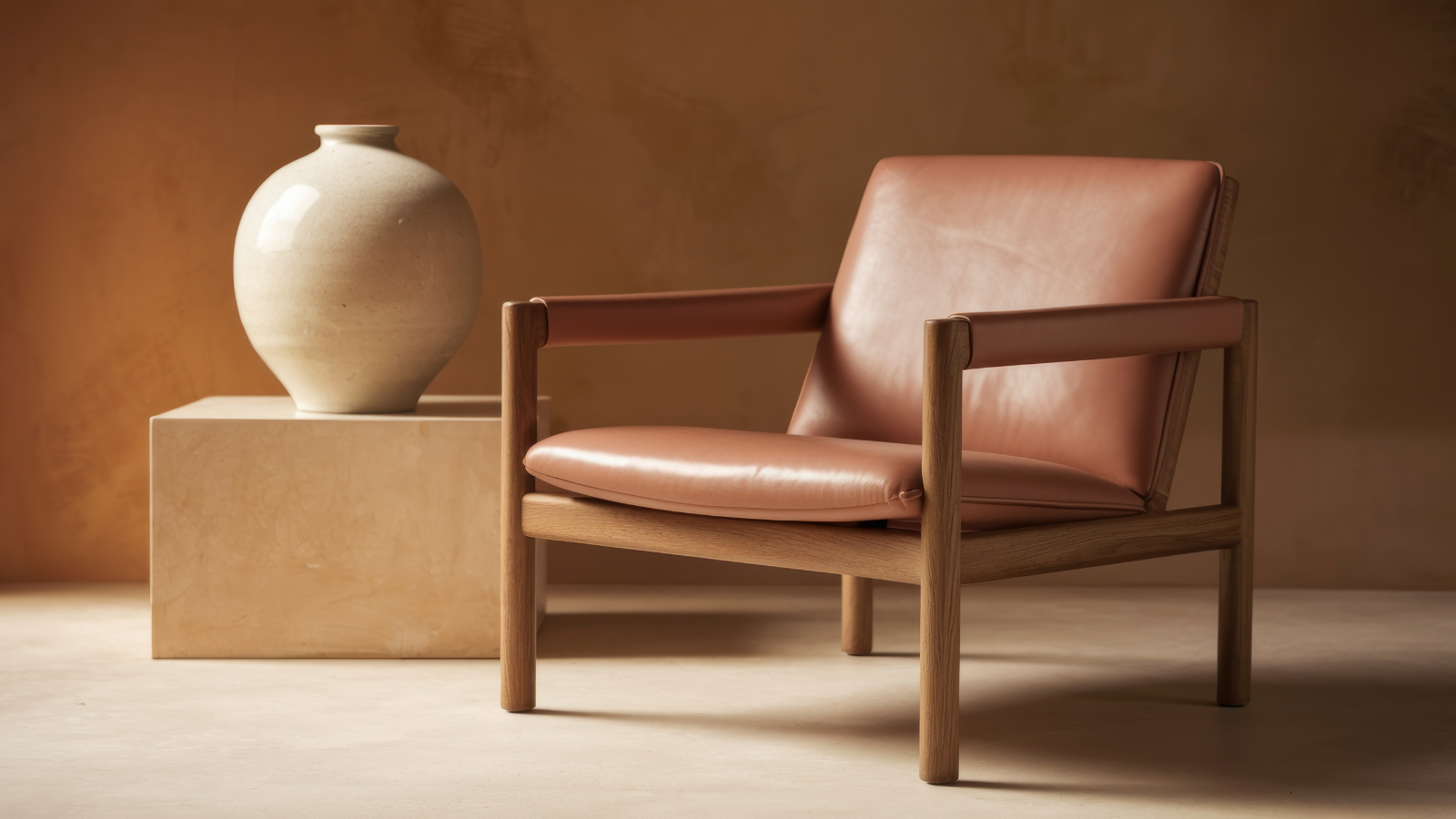Affordable Room Balancing: Harnessing the Power of Paint

In the world of interior design, achieving balance within a room is paramount. A well-balanced room feels harmonious and inviting, making it a space where you can truly relax and unwind. While many might assume that achieving balance requires a hefty budget, the truth is that with a little creativity and the right paint techniques, you can transform any space without breaking the bank. In this blog post, we’ll explore some inexpensive ways to balance a room using the transformative power of paint.
Colour Psychology
Before diving into painting your space, it’s essential to understand the basics of colour psychology. Different colours evoke different emotions and have unique effects on the perception of space. For instance, warm colours like reds, oranges, and yellows tend to energize a room and make it feel cosy, while cool colours like blues and greens have a calming effect.
When balancing a room, consider the mood you want to create and choose your paint colours accordingly. If you have a small room that you want to make appear larger, opt for lighter shades like soft blues or pale yellows. Conversely, if you’re looking to create a cosy atmosphere in a large, open space, rich, warm hues like terracotta or deep burgundy can help anchor the room.
Accent Walls
Accent walls are a budget-friendly way to add visual interest and balance to a room. Instead of painting an entire room a bold colour, choose one wall to serve as a focal point. This could be the wall behind your bed in a bedroom or the wall opposite the entryway in a living room.
To ensure balance, consider the existing colours in the room and choose an accent colour that complements them. For example, if your room has predominantly neutral tones, a deep navy or emerald green accent wall can add a pop of colour without overwhelming the space. Alternatively, if your room already features bold colours, opt for a more subtle accent shade to prevent visual overload.
Two-Tone Walls
Another cost-effective technique for balancing a room is to paint two-tone walls. This involves painting the lower half of the wall one colour and the upper half another colour, separated by a horizontal line or moulding.
Two-tone walls can visually divide a room while adding depth and interest. To maintain balance, choose colours that are in the same colour family or have similar undertones. For example, pairing a light grey with a darker charcoal can create a sophisticated look without overwhelming the space.
Colour Blocking
Colour blocking is a playful yet effective way to balance a room using paint. This technique involves painting geometric shapes or sections of the wall in different colours to create visual interest and balance.
For a budget-friendly approach, consider using leftover paint samples or purchasing small sample pots in a variety of colours. Experiment with different shapes and configurations until you find a design that enhances the overall balance of the room.
Strategic Placement
Finally, don’t underestimate the power of strategic paint placement in achieving balance within a room. For example, painting the ceiling a lighter colour than the walls can visually lift the ceiling and make the room feel more spacious. Conversely, painting the floor a darker colour can anchor the space and create a sense of cosiness.
Additionally, painting trim, doors, and built-in features in a contrasting colour can draw attention to architectural details and add depth to the room.


In conclusion, achieving balance within a room doesn’t have to cost a fortune. By harnessing the power of paint and employing creative techniques like accent walls, two-tone walls, colour blocking, and strategic placement, you can transform your space into a harmonious sanctuary without breaking the bank. So grab a paintbrush and let your imagination run wild – the possibilities are endless!








